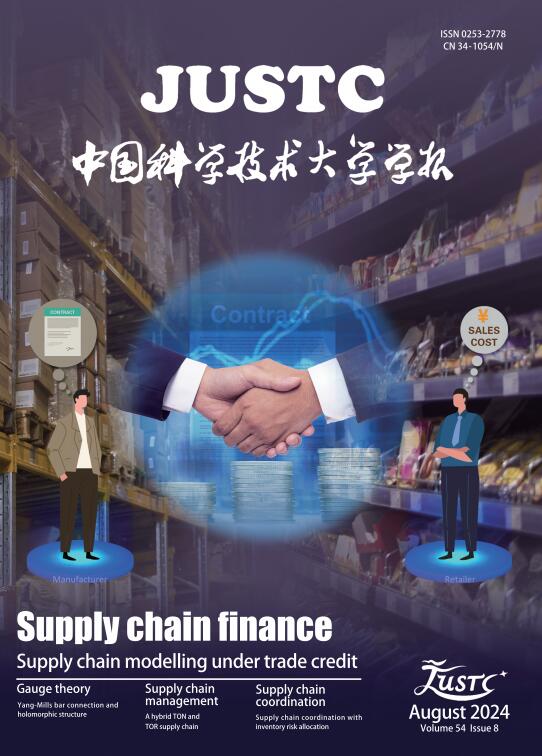2023, 53(8): 0801.
doi: 10.52396/JUSTC-2023-0007
Abstract:
Advance selling activities based on e-commerce platforms have received much attention from consumers, which is a two-stage sales mode. However, many consumers have indicated that they are relatively happy to pay a deposit and feel more burdened at the final payment stage. That is, consumers feel differently at the two moments even though they know they will pay the same total amount for the product. This psychological behavior can be explained by mental accounting, which means the cognitive-computational process by which individuals or households code, evaluate, and record financial behavior. With the use of advance selling, this research has developed a game theoretical model to investigate how consumers’ mental accounting affects the optimal pricing and ordering decisions of supply chain members under wholesale price and revenue sharing contracts. The analysis shows that under wholesale price contracts, regardless of the optimal wholesale price set by the supplier, a portion of consumers will forgo the deposit paid, and the optimal order quantity for the retailer will always be equal to the consumers’ demand at the final payment stage. In exceptional cases, the optimal wholesale price may be equivalent to the retail price. The supplier’s optimal wholesale price increases monotonically with the consumer’s time coefficient for the price and decreases monotonically with the consumer’s time coefficient for product valuation. Furthermore, under a revenue sharing contract, there is a situation where the supplier’s optimal wholesale price is equal to cost. Additionally, a supplier’s optimal wholesale price exists such that none of the consumers will forgo the deposit they have paid. The study contributes to the understanding of mental accounting in advance selling and has implications for supply chain contract design.
Nan Y N, Chen Y, Nie T F, et al. Supply chain optimization considering consumers’ mental accounting by time dimension in advance selling. JUSTC, 2023, 53(8): 0801. doi: 10.52396/JUSTC-2023-0007.





